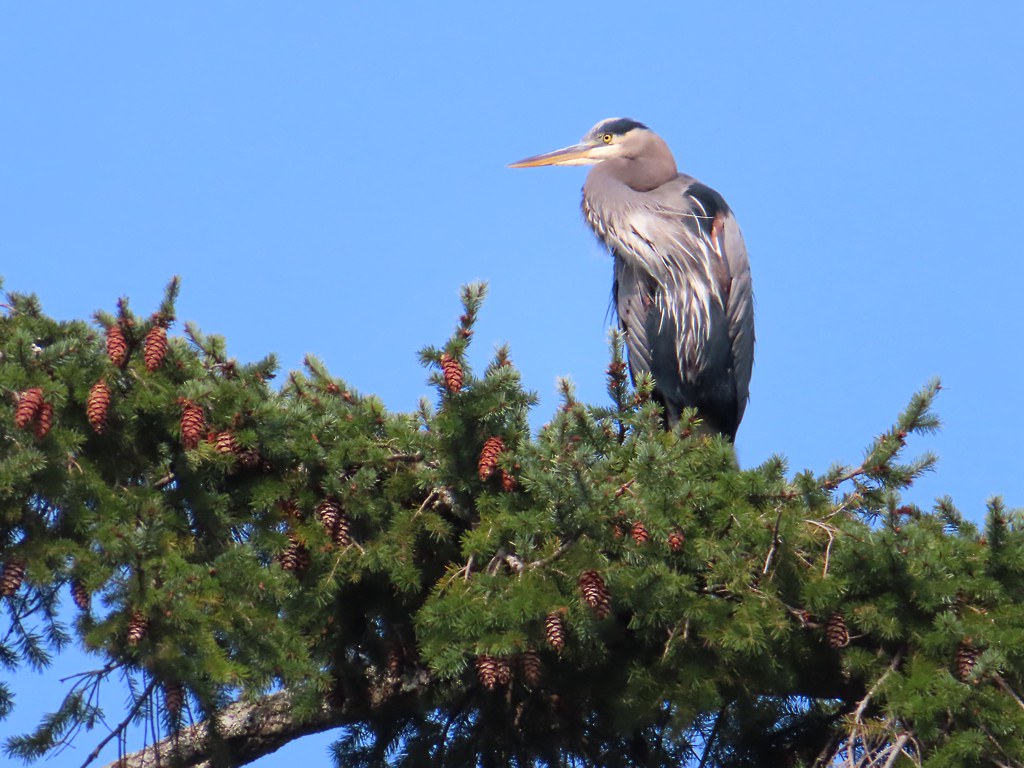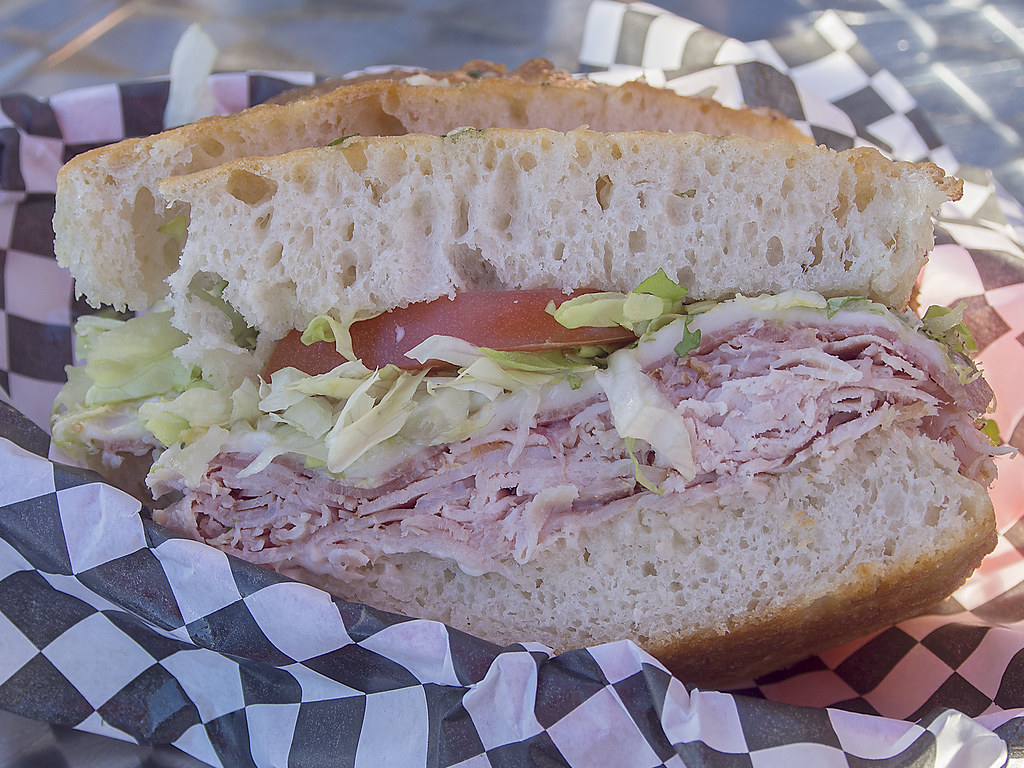The natural world is a tapestry of remarkable survival stories, among which the snake eel’s extraordinary escape from a heron stands out. Imagine the surreal spectacle of an eel bursting forth from a bird’s chest, an image reminiscent of a sci-fi horror narrative. This captivating incident not only piques our curiosity but also underscores the extreme measures certain species will employ to thrive. To fully grasp the significance of this event, it is essential to examine the unique characteristics and behaviors of both the snake eel and the heron, two fascinating entities within our ecosystems.
The features of snake eels and herons.
Snake eels, scientifically known as members of the family Ophichthidae, are fascinating creatures that thrive in marine and sometimes brackish waters. Their unique design is a marvel of evolution. Characterized by their long, slender bodies, these eels exhibit remarkable agility and speed. One of their defining features is their hard, pointed tail tip, which serves a dual purpose: it aids in burrowing into the seabed and can be considered as a weapon against predators. This ability to rapidly reverse direction makes them formidable prey. When faced with danger, snake eels often resort to their innate burrowing instinct, a behavior that plays a crucial role in their survival.
The heron, on the other hand, is a masterful predator, finely tuned for hunting in shallow waters. With 64 different species, including egrets and bitterns, herons exhibit remarkable adaptability and skill. Their elongated necks and beaks allow them to strike with lightning speed, impaling slippery prey such as fish and eels. This highly efficient hunting technique is honed through patience and precision. When a heron spots an eel, it stalks its quarry with deliberate grace, preparing for the perfect moment to strike. The heron’s sharp beak becomes a harpoon, skewering the unsuspecting eel in an instant.

But the story takes a turn when we consider the fierce instincts of the snake eel. Once it finds itself caught in the heron’s beak, the eel’s instinct kicks in. Instead of resigning itself to fate, the snake eel utilizes its muscular body and pointed tail tip in a fight for survival. It attempts to burrow its way out of the heron’s throat, driven by an innate desire to escape. Such behavior highlights the lengths to which these creatures will go to ensure their survival.
A shocking instance happened between a snake eel and a heron.
In a particularly shocking instance, a snake eel was photographed bursting from a heron’s neck after being swallowed. This extraordinary event was captured in Delaware in 2011 by an amateur photographer, Sam Davis. As he observed the heron flying with the eel dangling from its body, he initially assumed there was some sort of attack. Upon closer inspection, he realized that the eel was not attacking the heron but was, in fact, escaping the very bird that sought to consume it.
The sight was surreal; the heron appeared unfazed, continuing to soar through the sky with the eel’s body awkwardly protruding from its neck. The eel, showing remarkable resilience, was still alive and wriggling, determined to break free from its predicament. This bizarre twist of fate captivated onlookers, evoking comments of both horror and admiration for the snake eel’s tenacity. Such occurrences, while rare, have been noted by scientists. John Pogonoski, an ichthyologist with the Australian National Fish Collection, confirms that snake eels often try to escape after being swallowed, yet usually end up stuck within the predator’s body cavity.
The reactions to this astonishing event were varied. While the heron may have seemed unaffected at that moment, the encounter raised questions about the implications for both species involved. Herons, despite their prowess as hunters, can undoubtedly encounter complications from such an unconventional meal. An eel bursting through the neck could potentially lead to severe injuries and infections for the heron. It’s a grim reminder that even the most skilled predators are not immune to the repercussions of their hunting escapades.
Furthermore, the fate of the snake eel remains uncertain. While some eels have been known to survive such encounters if they find themselves released over water, the likelihood diminishes significantly when they are in a compromised state, outside their natural habitat. The salty waters are a sanctuary for the eel, and without access, its chances of survival are considerably slim.
Humans learned a lot from this story.
This wild episode reveals the intricate dynamics of predator-prey relationships in nature. It underscores the adaptive strategies both the snake eels and herons have developed in their evolutionary paths. Such stories are not mere curiosities but are vital narratives that illustrate the resilience of life in the natural world.
The snake eel’s escapade is not just an extraordinary tale of survival but a testament to the fierce instinct to live against all odds. It reminds us of the unpredictability of nature and the fierce will to survive that exists within all living beings. As we marvel at these natural wonders, we come to understand that the dance of life and death in our ecosystems is both beautiful and brutal, filled with moments that captivate and horrify.
The world of wildlife is a theater of astonishing events, filled with stories that challenge our views of survival and resilience. The snake eel’s daring escape serves as a vivid reminder of the lengths to which animals will go to thrive in a world that constantly challenges them, an incredible testament to the will to survive in the animal kingdom.
As we delve deeper into the aftermath of this extraordinary encounter between the snake eel and the heron, we uncover a tapestry of survival instincts, ecological consequences, and the implications for both creatures involved. This fascinating tale continues well beyond the startling moment of the eel’s escape from the heron’s throat—a moment that echoes the complexity of life in the natural world.
This story showed the complexity of life in the natural world.
The immediate fallout for the heron is fraught with uncertainty. Despite appearing unfazed during the encounter, the heron likely faces health ramifications. The heron’s body had undergone a jarring intrusion, which could lead to internal injuries or infections. Just as humans might react post-trauma, this bird’s resilience will be put to the test. An ichthyologist, John Pogonoski, notes that the heron may survive if the wound heals properly and it avoids infection, which is a significant concern given the heron’s habitual hunting in various aquatic environments. The real question emerges: can the heron maintain its predatory prowess while nursing wounds from an unexpected meal?
Now, let’s shift our focus to the snake eel. After the remarkable escape, its survival hinges on a delicate balance of factors. The snake eel, having burst through the heron’s neck, faces the immediate peril of being stranded outside its aquatic habitat. While some eels have been known to survive if released over water, the likelihood decreases dramatically when they are out in the open, away from the comforting embrace of the ocean. The salty waters are, after all, their natural sanctuary, and without them, their chances of survival significantly diminish.
The question of whether the snake eel lived to see another day leads us to ponder the broader implications of such predator-prey interactions. In the wild, the stakes of survival are always high, and the snake eel’s extraordinary escape serves as a stunning reminder of the lengths to which animals will go to cling to life. This behavioral phenomenon is not isolated; it is part of several documented instances where snake eels have managed to escape their predatory foes. A study published in the journal Memoirs of the Queensland Museum highlights the grim reality that many of these eels find themselves trapped after their daring attempts to burrow out of their predator’s stomach.

In fact, the same research revealed that snake eels can get stuck inside the body cavities of their predators. These predators often include various fish species that consume the eels despite their distinctive adaptations for survival. The researchers unearthed mummified remains of snake eels embedded within the cavities of predatory fish, which suggests that this escape tactic is not foolproof. While the instinct to survive may drive the snake eel to fight its way out, the harsh truth is that many do not make it back to the waters where they thrive.
The plight of the snake eel after its escape raises questions about its ecological role. Every species plays a part in maintaining the balance of the ecosystem, and the snake eel, with its impressive adaptations, is no exception. They are not just prey but also serve as predators in their own right. This duality adds layers of complexity to their existence within the food web. As they navigate through sandy and muddy terrains, they contribute to the biodiversity of their habitats, helping to control populations of smaller marine organisms. The tale of the snake eel is not just about individual survival but also about its impact on the environment.
Looking beyond the individual story of the snake eel and the heron, we can observe the wider implications for biodiversity and ecosystem dynamics. The interactions between predators and their prey shape the fabric of life in aquatic environments. The heron, a skilled hunter, relies on various prey species, including eels, to sustain itself. In contrast, the snake eel employs various defense mechanisms to evade becoming a meal. These interactions are integral to the health of ecosystems. When one species thrives, it can indicate a balanced ecosystem, while the decline of another can signal distress within the environment.
The bizarre events between the heron and the snake eel highlight the unpredictability of nature. Each day brings new challenges and surprises, reminding us how interconnected life truly is. On the surface, the heron’s attempt to consume the snake eel might appear to be a simple case of predator versus prey, but this narrative extends far beyond the immediate encounter. It serves as a reflection of the intricate dance of survival that takes place in the wild.
In terms of lessons learned, the remarkable escape prompts contemplation about the resilience of life forms in the face of adversity. Nature is incredibly resourceful, and the instincts that guide animal behavior often surprise us. The snake eel’s fierce determination to survive can inspire reflection on our own struggles, whether in our personal lives or in the broader context of humanity. Just like the snake eel, we too have our moments where the odds seem stacked against us, yet the instinct to push forward prevails.
The captivating encounter between the snake eel and the heron invites us to explore further. As we delve into the mysteries of wildlife, we recognize that every creature has a story to tell—stories of survival, adaptation, and the relentless pursuit of life. The more we learn about these interactions, the deeper our appreciation grows for the wonders of the natural world.
The escape of the snake eel from the heron reveals a rich tapestry of interspecies relationships and ecological dynamics. This narrative intricately illustrates both the individual struggles for survival and the broader ecological patterns that govern life. It serves as a poignant reminder of resilience, adaptability, and interdependence within nature. As we engage with these remarkable stories, we deepen our understanding of the fragile balance sustaining our planet’s ecosystems. It is imperative that we cherish and protect these environments, ensuring that the diverse life forms within them can continue to thrive amidst an ever-changing world.
In our pursuit of understanding the natural world, we are continually reminded of the intricate balance between beauty and brutality that defines life on Earth. Each moment and interaction serves as a testament to the relentless drive to survive, revealing a narrative etched in nature’s history. This dynamic interplay offers us invaluable lessons and insights, underscoring our privilege to observe and learn from the complexities of existence.
Related posts:
Snake Eel Tactics For Escaping The Stomachs Of Their Captors Is The Stuff Of Nightmares
American Eel Rips Through The Throat Of A Heron After It Was Swallowed
Alien-like photo shows eel dangling out of heron’s stomach in midair





